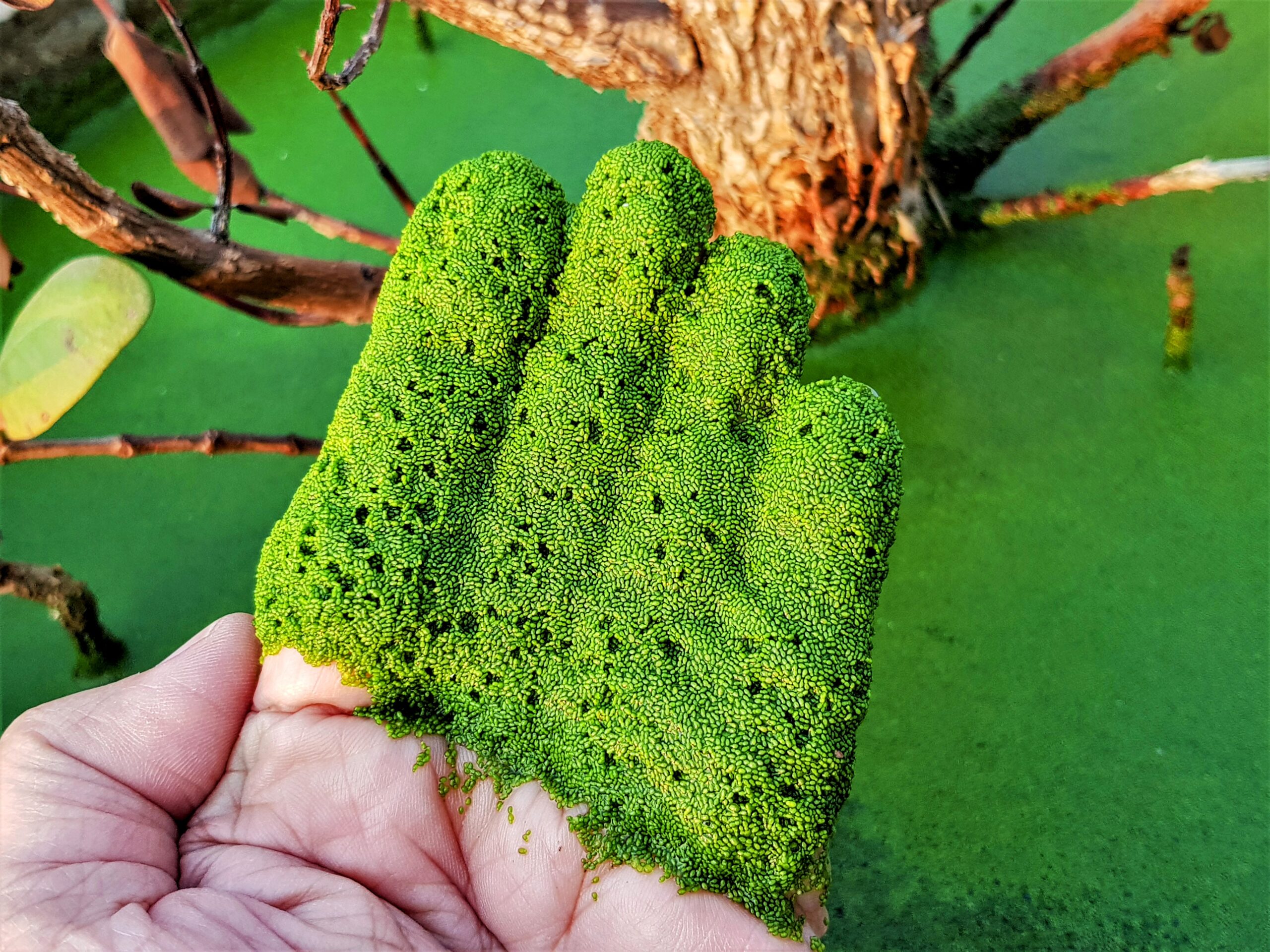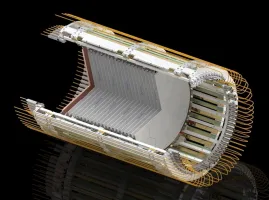Blog Credit: Trupti Thakur
Image Courtesy: Google
Watermeal And Space Nutrition:
Watermeal, the world’s tiniest flowering plant, is being studied by researchers at Mahidol University in Thailand as a source of nutrition and oxygen for astronauts. This study used the European Space Agency’s (ESA) Large Diameter Centrifuge (LDC) to submit watermeal to hypergravity conditions at the ESTEC technical center in the Netherlands. The findings of this study could hold the key to long-term space agriculture and better nourishment for future astronauts.
Researchers from Mahidol University in Thailand are exploring the remarkable potential of watermeal, the world’s smallest flowering plant, as a source of nutrition and oxygen for astronauts. Conducted at the European Space Agency’s (ESA) ESTEC technical centre in the Netherlands, this research subjected watermeal to hypergravity conditions using ESA’s Large Diameter Centrifuge (LDC). The findings from this study could hold the key to sustainable agriculture in space and improved nutrition for future astronauts.
Watermeal: The Remarkable Plant
Watermeal, smaller even than its relative duckweed, is a rootless and stemless plant that floats on bodies of water, primarily in Asian countries like Thailand. Its simple structure and rapid growth rate make it an ideal candidate for studying how changing gravity levels affect plant development.
Hypergravity Study at ESA’s LDC
ESA’s Large Diameter Centrifuge (LDC), featuring an 8-meter diameter and four-arm design, allowed scientists to simulate gravity levels up to 20 times that of Earth for extended durations. The unique facility was accessed through HyperGES, a part of the Access to Space for All initiative sponsored by ESA and the United Nations Office of Outer Space Affairs (UNOOSA).
Watermeal’s Unique Characteristics
Watermeal’s lack of roots, stems, or leaves means that researchers can directly investigate the impact of gravity shifts on its growth and development. This simplicity makes it an excellent candidate for space-based agricultural studies.
Nutritional Potential
Watermeal is not only an efficient producer of oxygen through photosynthesis but also a rich source of protein. It has long been a part of the Thai diet, prepared in various forms, from soups to salads. Its 100% consumption efficiency makes it a promising candidate for space-based agriculture.
Hypergravity Experimentation
The research team placed watermeal samples in boxes equipped with LEDs that replicate natural sunlight. These boxes were subjected to hypergravity conditions, with the plants spinning at 20 times Earth’s gravity. After two weeks of experimentation, the researchers examined the plants and conducted detailed chemical analyses on solid pellet extracts. This analysis aimed to understand how watermeal responds to hypergravity.
Implications for Sustainable Agriculture in Space
The study of watermeal’s adaptation to different gravity environments holds the potential to revolutionize space agriculture. Insights gained from this research may lead to sustainable agriculture practices in space, ensuring that future astronauts have access to fresh, nutritious food sources and a reliable source of oxygen.
Water Flour: The Remarkable Plant
Watermeal, even smaller than related duckweed, is a rootless, stemless plant that floats on bodies of water, especially in Asian countries like Thailand. Its simple structure and rapid growth rate make it an ideal candidate for studying the impact of changing gravity levels on plant development.
Hypergravity Study at the ESA LDC
ESA’s Large Diameter Centrifuge (LDC), with a diameter of 8 meters and four arms, has allowed scientists to simulate gravity up to 20 times that of Earth for long periods of time. Access to this unique facility was provided through HyperGES, which is part of the Access to Space for All initiative promoted by ESA and the United Nations Office for Outer Space Affairs (UNOOSA).
The Unique Properties of Water Flour
Because watermeal has no roots, stems, or leaves, researchers can directly study the effects of gravitational changes on its growth and development. This simplicity makes it an excellent candidate for agricultural studies in space.
Nutritional Potential
Watermeal is not only an efficient producer of oxygen through photosynthesis, but also a rich source of protein. It has long been part of the Thai diet and is prepared in various forms, from soups to salads. Its 100% fuel efficiency makes it a promising candidate for space agriculture.
Experiments with Hypergravity
The research team placed water flour samples in boxes equipped with LEDs that mimic natural sunlight. These boxes were subjected to hypergravity conditions, with the plants rotating at twenty times Earth’s gravity. After two weeks of experimentation, the researchers examined the plants and performed detailed chemical analyzes on the solid pellet extracts. This analysis aimed to understand how watermeal responds to hypergravity.
Implications for Sustainable Agriculture in Space
Studying the adaptation of water to different gravity environments has the potential to revolutionize space agriculture. Insights from this research could lead to sustainable agricultural practices in space, ensuring future astronauts have access to fresh, nutritious food sources and a reliable source of oxygen.
Blog By: Trupti Thakur

16
OctWatermeal And Space Nutrition
Oct 16, 2023Recent Blog
India’s Steps Into 6GMay 15, 2025
The New Accessibility Feature of AppleMay 14, 2025
The Digital Threat Report 2024May 13, 2025
The MADMAX ExperimentMay 12, 2025
The EntraID Data ProtectionMay 10, 2025




